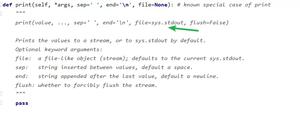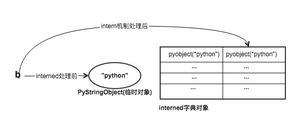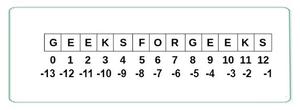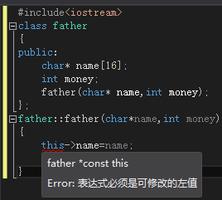python 字符串格式化的示例
一、旧式的字符串格式化
% 操作符
参考以下示例:
>>> name = "Eric"
>>> "Hello, %s." % name
'Hello, Eric.'
当有多个变量需要插入到字符串中时:
>>> name = "Eric"
>>> age = 74
>>> "Hello, %s. You are %s." % (name, age)
'Hello, Eric. You are 74.'
当需要替换的变量进一步增多时,使用 % 操作符格式化字符串会导致代码可读性变得很差:
>>> first_name = "Eric"
>>> last_name = "Idle"
>>> age = 74
>>> profession = "comedian"
>>> affiliation = "Monty Python"
>>> "Hello, %s %s. You are %s. You are a %s. You were a member of %s." % (first_name, last_name, age, profession, affiliation)
'Hello, Eric Idle. You are 74. You are a comedian. You were a member of Monty Python.'
str.format()
str.format() 是对 % 方式的改进,它使用常见的函数调用的语法,并且可以通过定义对象本身的 __format__() 方法控制字符串格式化的具体行为。
基本用法:
>>> name = "Eric"
>>> age = 74
>>> "Hello, {}. You are {}.".format(name, age)
'Hello, Eric. You are 74.'
str.format() 相对于 % 操作符有着更强的灵活性。比如可以通过数字索引来关联替换到字符串中的变量:
>>> name = "Eric"
>>> age = 74
>>> "Hello, {1}. You are {0}.".format(age, name)
'Hello, Eric. You are 74.'
为了提高代码可读性,{} 中也可以使用有具体含义的参数名:
>>> name = "Eric"
>>> age = 74
>>> "Hello, {name}. You are {age}".format(name=name, age=age)
'Hello, Eric. You are 74'
针对字典结构的数据:
>>> person = {'name': 'Eric', 'age': 74}
>>> "Hello, {name}. You are {age}.".format(name=person['name'], age=person['age'])
'Hello, Eric. You are 74.'
或者更简洁的方式:
>>> person = {'name': 'Eric', 'age': 74}
>>> "Hello, {name}. You are {age}.".format(**person)
'Hello, Eric. You are 74.'
问题在于当需要替换的变量很多时,str.format() 方式依然会导致代码变得过于冗长:
>>> first_name = "Eric"
>>> last_name = "Idle"
>>> age = 74
>>> profession = "comedian"
>>> affiliation = "Monty Python"
>>> "Hello, {first_name} {last_name}. You are {age}. \
You are a {profession}. You were a member of {affiliation}."\
.format(first_name=first_name, last_name=last_name, age=age, \
profession=profession, affiliation=affiliation)
'Hello, Eric Idle. You are 74. You are a comedian. You were a member of Monty Python.'
二、f-string
基本用法
>>> name = "Eric"
>>> age = 74
>>> f"Hello, {name}. You are {age}."
'Hello, Eric. You are 74.'
嵌入表达式
>>> f"{2 * 37}"
'74'
>>> def to_lowercase(input):
... return input.lower()
>>> name = "Eric Idle"
>>> f"{to_lowercase(name)} is funny"
'eric idle is funny'
>>> f"{name.lower()} is funny"
'eric idle is funny'
f-string 中还可以直接嵌入某个对象实例,只要其内部实现了 __str__ 或者 __repr__ 方法:
class Comedian:
def __init__(self, first_name, last_name, age):
self.first_name = first_name
self.last_name = last_name
self.age = age
def __str__(self):
return f"{self.first_name} {self.last_name} is {self.age}"
new_comedian = Comedian("Eric", "Idle", 74)
print(f"{new_comedian}")
# Eric Idle is 74
多行 f-string
>>> name = "Eric"
>>> profession = "comedian"
>>> affiliation = "Monty Python"
>>> message = (
... f"Hi {name}. "
... f"You are a {profession}. "
... f"You were in {affiliation}."
... )
>>> message
'Hi Eric. You are a comedian. You were in Monty Python.'
参考资料
Python 3's f-Strings: An Improved String Formatting Syntax (Guide)
以上是 python 字符串格式化的示例 的全部内容, 来源链接: utcz.com/z/352793.html






